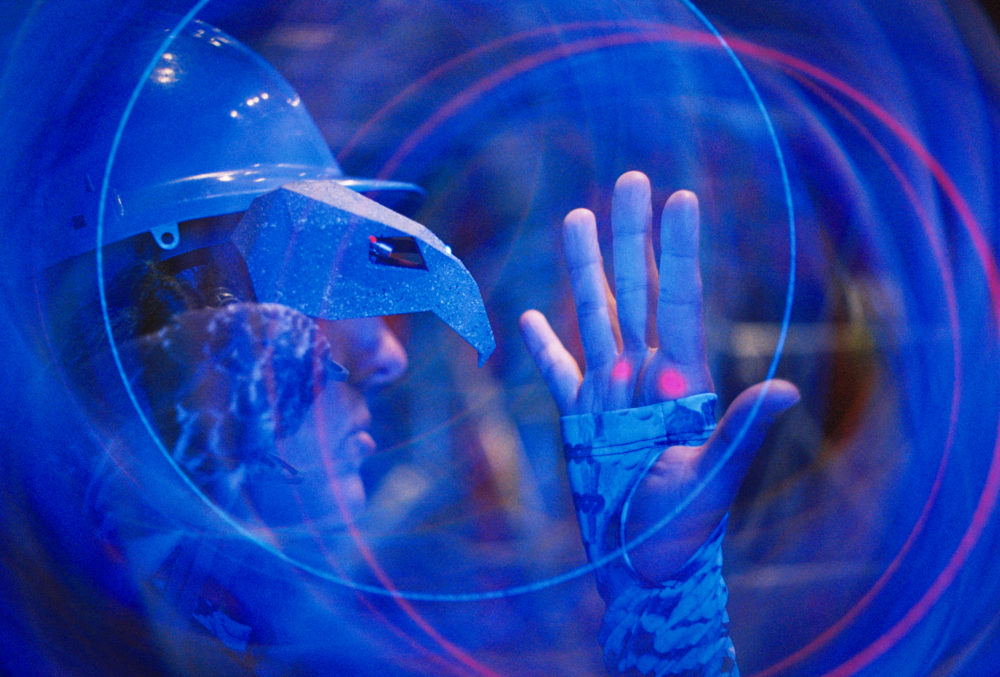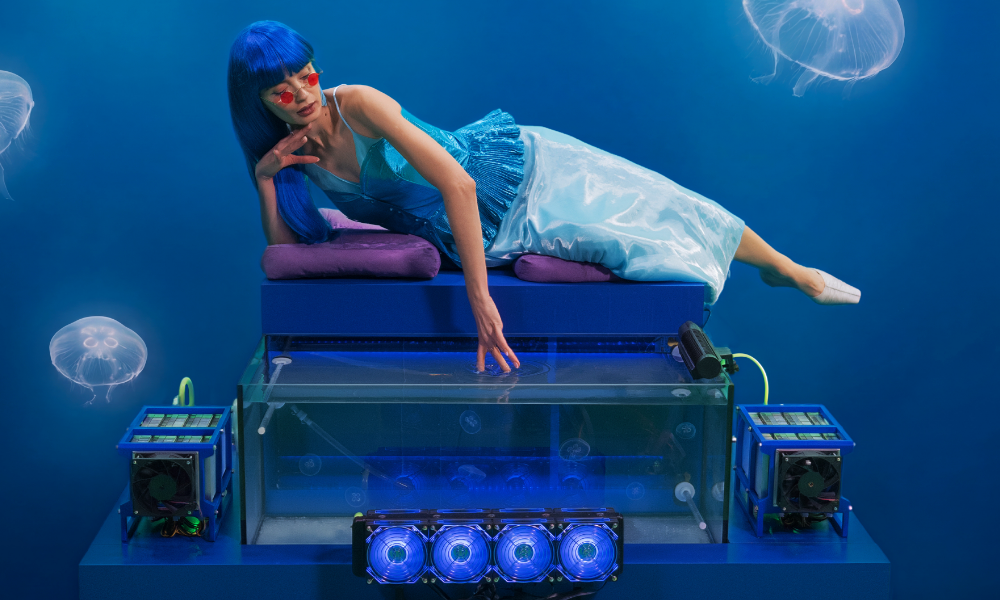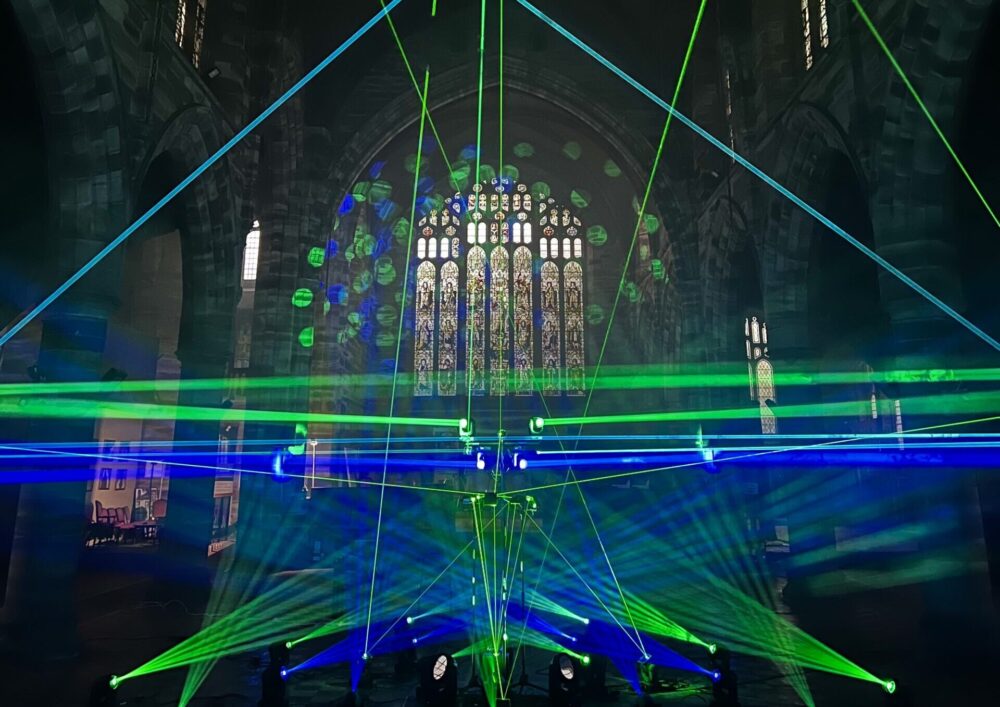
Art
New Immersive exhibition is coming to FACT this November
1 year ago

From Friday 8 November 2024 to Sunday 26 January 2025, FACT presents Cosmotechnics, a group exhibition curated by FACT’s 2024 Curator-in-Residence Beatrice Zaidenberg.
Cosmotechnics showcases a series of transformative installations featuring video, sound, sculpture, and digital media. Using plants as a guide, the exhibition invites audiences to explore the relationship between culture and technology through the works of three Latin American artists. Cosmotechnics includes existing works by Atractor Studio, alongside new works by Patricia Domínguez and Rebeca Romero.
Zaidenberg envisions each installation within Cosmotechnics as a portal, where plants act as shapeshifters, allies, and mediators between the past, present, and future. Through these portals, visitors are encouraged to consider how plants can guide the development of technologies that reflect and respect diverse societies, ecologies, and cultures, drawing from the wisdom of local communities.
Atractor Studio, Patricia Domínguez, and Rebeca Romero challenge the idea that technology is universal across all cultures. Their featured artworks, spanning sculpture, moving image, and sound, invite visitors to reflect on their own understanding of technology, while exploring how local ways of thinking and sensing can lead to new ways of embracing art and culture.
For Cosmotechnics, Atractor Studio presents an award-winning sound and video installation. A Tale of Two Seeds (2023), a sound work produced in collaboration with Semantica Studios, is exhibited alongside two video series, On Vegetal Politics (2022) and Botánica Transgénica (2022). Based in Colombia, this collective of artists, biologists, and engineers create works to visualise natural events and scientific ideas. In this exhibition, their work highlights the social and ecological impacts of industrial agriculture in Colombia, using sound to convey the damage to soil and local communities, and underscore the significance of human and plant resistance to exploitative modern farming methods. The artworks received the prestigious Golden Nica at the Prix Ars Electronica in 2023, the world’s longest-running media art competition.
Patricia Domínguez’s artworks trace the digital and spiritual relationships between living species and how they are impacted by capitalism and environmental destruction. Born and based in Chile, Domínguez combines her research on plants, resource extraction, and healing practices to create sculptures, videos, and writings that imagine more sustainable and compassionate ways of living. In Cosmotechnics, Domínguez presents two works side by side for the first time: Tres Lunas más Abajo (Three Moons Below) (2024) and Matrix Vegetal (2022). Her latest film, Tres Lunas más Abajo was developed during her dual residency between CERN in Switzerland and the European Southern Observatory (ESO) astronomy facilities in Chile. The works reflect Domínguez’s ongoing exploration of the energy that connects all living things and objects on Earth.
Born in Peru and based in London, Rebeca Romero’s work blends pre-Columbian iconography with modern technology to ask how new technologies can revive ancient belief systems erased from history. For Cosmotechnics, Romero presents Chrysalis (2024), a newly commissioned interactive sculpture that responds to human movement. This totem-like ‘future-ancient device’ is inspired by psychoactive plants and sacred ritual artefacts. In combining ancient wisdom with contemporary technologies, like video mapping and animation, the artist proposes a speculative alliance between plants and humans. Alongside, Romero presents 3D-printed futuristic artefacts and prints Codex I and II (2024). Through these works, the artist asks audiences to consider what they might worship or hold sacred in a world yet to be born.
Established in 2019, the FACT annual curatorial residency programme invites curators to develop their ideas and research into major exhibitions and public events, and since 2023 has been generously supported by the John Ellerman Foundation.











 Subscribe
Subscribe Follow Us
Follow Us Follow Us
Follow Us Follow Us
Follow Us Follow Us
Follow Us











